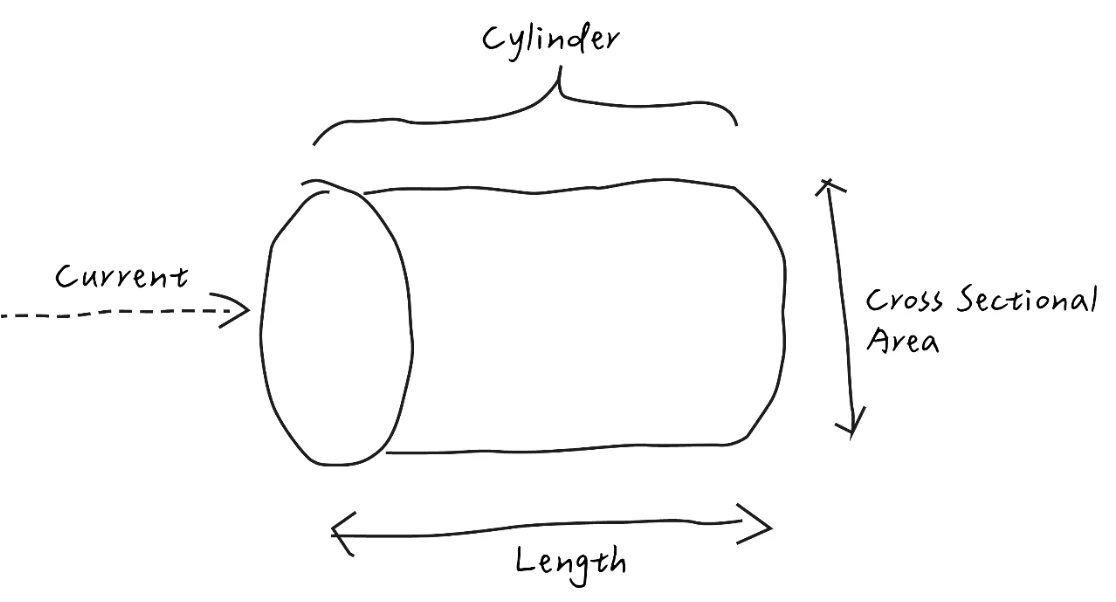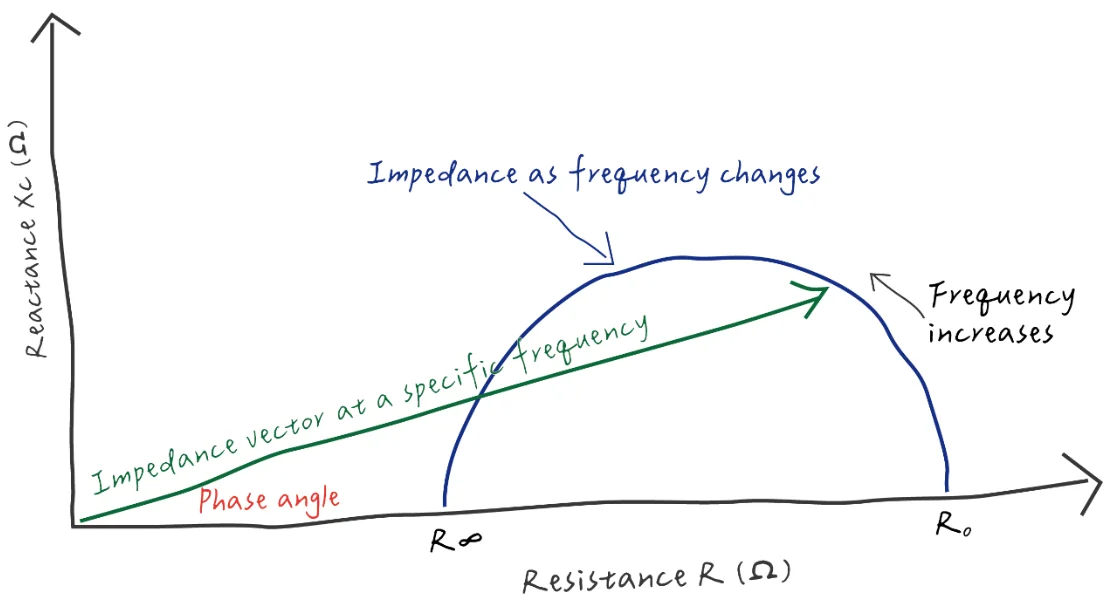The Body Conducts Electricity? Unveiling the Scientific Secret Behind Body Fat Scales — How Body Composition Analyzers Work
When you step barefoot onto a body composition analyzer, you feel a cool metallic sensation against the soles of your feet. Within seconds, this seemingly ordinary device can tell you: how much fat silently accumulates in your cells, how much muscle clings to your bones, and how much water flows through your tissues. In such moments, it feels as though your body has become transparent, with all its hidden components exposed to some invisible force. Behind this lies an elegant scientific principle called Bioelectrical Impedance Analysis, or BIA.
The Human Body Is Actually a Conductor
Did you know that your body is actually quite a good conductor? Not because it contains any metal, but because the water flowing through your blood and present in your muscle tissue contains electrolytes like sodium and potassium ions, which can conduct electrical current. [1]
However, different parts of the body vary greatly in their ability to conduct electricity. The body has different electrical landscapes. Muscle tissue has a water content as high as 73%, making it like a broad pathway—with abundant electrolytes, electrical current passes through easily. Fat tissue tells a different story, with only about 10% water content, where current encounters much greater resistance. Although bone has lower conductivity, varying bone densities still produce subtle electrical differences, providing possibilities for more advanced body composition analysis.
A Delicate Journey of Electrical Current
When you use a body composition analyzer, the device applies an extremely weak electrical current through your body, approximately 800 microamperes [2] at a frequency typically around 50kHz. How weak is this current? Even a small nightlight LED requires about 10,000-20,000 microamperes to glow; the BIA current is less than one-tenth of that. Even the static electricity we occasionally encounter is several times stronger. Itʹs so subtle you canʹt feel it at all, yet itʹs sufficient for the machine to probe your bodyʹs secrets.
The current enters your body through one electrode and then chooses the path of least resistance. Current naturally gravitates toward muscle tissue rich in water and electrolytes, where it encounters less resistance. When encountering fat tissue, resistance suddenly increases, forcing the current to detour or work much harder to pass through.
Throughout the currentʹs journey, the trunk provides the widest channel. Although your trunk accounts for half your body weight, due to its large cross-sectional area, it contributes only 10% to total resistance. Like how a wide river allows water to pass more easily than a narrow stream, the trunkʹs generous cross-section allows current to flow through more readily.
The Mathematical Magic from Resistance to Body Composition
After the machine measures the total resistance encountered as current passes through your body, a silent calculation begins. Scientists have discovered a mathematical relationship between body resistance and body composition.
The most basic correlation is:
Body composition is proportional to Length² / resistance
Why use length squared? This goes back to fundamental physics principles. If we imagine the human body as a cylindrical conductor, according to physics formulas:
Resistance = Resistivity × Length ÷ Cross-sectional Area
Volume = Length × Cross-sectional Area
Rearranging gives us: Volume = Length² ÷ Resistance × Resistivity

Although different tissues have varying resistivities, through mathematical modeling, “length² ÷ resistance” can still establish a proportional relationship with conductive volume. The key is that what truly conducts electricity in the body is mainly water-rich tissue, so muscle tissueʹs conductivity far exceeds that of stubborn fat. When muscle proportion is higher, the body exhibits lower resistance, and the calculated conductive volume is larger, corresponding to a higher estimated lean tissue value. Through this physical principle, the machine can estimate body composition from resistance values.
Of course, actual calculations arenʹt this simple. Body composition analysis also considers your age, gender, and weight. Each person has their own unique internal map, and these maps show different patterns across groups based on gender, age, and ethnicity.
Multiple Perspectives Through Frequency
Some BIA devices arenʹt satisfied with a single exploration method: they use multiple frequencies of electrical current, like illuminating the same object with different wavelengths of light, each revealing different layers of landscape.
Low-frequency current is cautious, unwilling to penetrate cell membranes, only wandering in the extracellular space. High-frequency current is bolder, able to penetrate cell membranes and enter the inner world of cells. By comparing resistance changes at these different frequencies, the proportion of intracellular and extracellular water can be distinguished. Muscle mass and fat mass can be estimated more precisely. Each frequency is like a different key, opening doors to different rooms in the body.
The Bodyʹs Circuit Board
From an electrical perspective, our body is actually a precision circuit board. Each cell is like a tiny capacitor, with the cell membrane as the thin insulating layer, and the fluids inside and outside the cell as the capacitorʹs two poles.
When current frequency is low, the cell membrane acts like a cautious threshold, blocking current from entering the cellʹs interior, so current can only flow in the extracellular space. As frequency increases, this threshold begins to loosen, the cell membraneʹs blocking effect weakens, and current can traverse into those more intimate internal spaces.
This frequency-dependent blocking effect produces an important parameter called the "phase angle." Like capacitors, cell membranes degrade over time, and their blocking function fluctuates with our health status. Healthy cell membranes act as dutiful gatekeepers, effectively keeping low-frequency current outside, thus producing a larger phase angle. Damaged or malnourished cells have membranes that become prone to "leakage," with weakened blocking effects and correspondingly decreased phase angles. Following this thread, phase angle also carries certain predictions about future health, becoming a reference indicator for predicting patient prognosis.

The Art of Measurement
While the principle of BIA sounds simple, obtaining accurate measurement results requires attention to many details. BIA measurements need the right timing and conditions, much like photography requires proper lighting and angle.
The state of water in our body affects results. Profuse sweating right after exercise, or the feeling of fullness after drinking large amounts of water, will cause measurement deviations. Any change in water content alters the bodyʹs conductivity.
Second, posture during measurement is important. When you go from lying down to standing, gravity begins redistributing bodily fluids, changing the resistance of different body parts. Therefore, itʹs best to measure under the same conditions, such as choosing the same morning fasting moment each time.
Additionally, the skinʹs own condition is an easily overlooked key factor. Dry skin acts like a barrier, producing higher resistance, while moist skin provides a more friendly channel for current. Each contact between electrode and skin is like a delicate conversation. Whether the skin is clean and whether measurement procedures are standardized all affect the quality of this conversation.
Technological Evolution
Early BIA devices could only measure total body resistance, like standing at a distance and only seeing the forestʹs outline. Current technology can perform segmental measurements, separately detecting the resistance of left arm, right arm, trunk, left leg, and right leg, as if drawing a detailed "resistance map" of the body.
The significance of this segmental measurement lies in its ability to discover changes hidden in local areas. Imagine this: although the trunk contains about half our body weight, its contribution to whole-body resistance is only 5-12%, [3] like a spacious riverbed where current flows easily. In contrast, our arms and legs, though lighter in weight, are like narrow mountain paths, generating most of the resistance.
Therefore, when patients develop abdominal fluid accumulation due to illness, although this extra fluid reduces trunk resistance, itʹs often masked by the "dominant voice" of the limbs in overall measurement. However, segmental measurement is like assigning a dedicated listener to each body part, capable of sensitively capturing those subtle but important resistance changes in the trunk region. [4]
Limitations and Future
Although BIA technology is quite sophisticated, it also has its stubborn side. For people with special physical conditions (such as patients with severe edema, those with metal implants, or people with extremely high or low BMI), BIAʹs accuracy begins to waver. [5]
Itʹs like using a ruler to measure the length of a curved road. The tool still measures according to its understanding, but the measurement object exceeds what it can comprehend.
However, scientists havenʹt stopped there. Theyʹre developing more precise algorithms, establishing specialized formulas for different populations, and even attempting to incorporate AI technology to improve measurement accuracy.
Applications in Daily Life
Today, BIA technology has emerged from laboratories into our daily lives. From professional equipment in gyms to home body fat scales, from hospital nutritional assessments to health monitoring in nursing homes, BIA is being put to use everywhere.
For those working hard to lose weight, BIA can tell them whether theyʹre losing fat or precious muscle, avoiding the regret of "losing weight without losing fat." For fitness enthusiasts, it can witness every bit of progress in muscle growth, serving as a basis for adjusting training plans. For the elderly, BIA acts as a gentle reminder, able to sound an alarm in the early stages of muscle loss.
Conclusion
On the surface, BIA simply lets a weak current take a trip through your body, but this seemingly simple process actually brings together the wisdom of physics, biology, mathematics, and engineering. It allows us to glimpse the secrets of the bodyʹs internal composition without surgery or blood draws.
The next time you step on a body fat scale, consider the delicate electrical journey taking place. In those brief seconds, science speaks its own language to tell your bodyʹs story. Behind those numbers, weʹre all part of an effort to decode what our bodies are trying to tell us.
Reference
[1] Kyle UG, Bosaeus I, De Lorenzo AD, et al. Bioelectrical impedance analysis—part I: review of principles and methods. Clin Nutr. 2004;23:1226-1243.
[2] Aldobali M, Pal K, Chhabra H. Noninvasive health monitoring using bioelectrical impedance analysis. In: Agrawal R, Ansari MA, Anand RS, Sneha S, Mehrotra R, editors. Computational Intelligence in Healthcare Applications. Academic Press; 2022. p. 209-236.
[3] Fuller NJ, Elia M. Potential use of bioelectrical impedance of the ʹwhole bodyʹ and of body segments for the assessment of body composition: comparison with densitometry and anthropometry. Eur J Clin Nutr. 1989;43:779–791.
[4] Bracco D, Berger MM, Revelly JP, et al. Segmental bioelectrical impedance analysis to assess perioperative fluid changes. Crit Care Med. 2000;28(7):2390-6.
[5] Kyle UG, Bosaeus I, De Lorenzo AD, et al. Bioelectrical impedance analysis—part II: utilization in clinical practice. Clin Nutr. 2004;23:1430-1453.